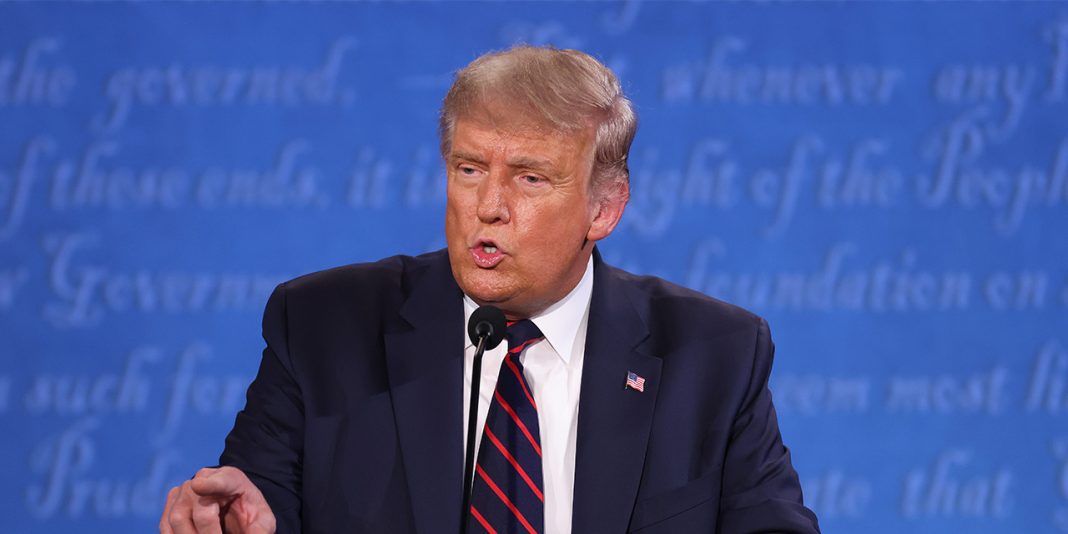 The Growing Crisis in Commercial Real Estate: Exploring the Impact of Lockdowns and Inflation
The Growing Crisis in Commercial Real Estate: Exploring the Impact of Lockdowns and Inflation
Introduction:
A recent New York Times (NYT) article sheds light on the deepening crisis in commercial real estate, which has far-reaching implications for cities, urbanism, and national productivity. The pandemic-driven lockdowns have not only led to high interest rates and low occupancy rates for office buildings but have also exposed the flaws in our economic data and inflation calculations. It’s crucial to understand the true extent of the crisis by examining various economic indicators and questioning the reliability of official data.
The Inflation Puzzle:
Blaming the pandemic alone for the current state of commercial real estate overlooks the man-made decision to impose lockdowns. These lockdowns disrupted economic data, making it challenging to compare before and after periods accurately. However, the injection of trillions of dollars into the economy since March 2020 has undoubtedly generated inflation. Unfortunately, the Bureau of Labor Statistics (BLS) fails to capture the full extent of inflation as it excludes critical factors such as interest, taxes, housing, health insurance, and quality declines. Consequently, mainstream inflation data may be misleading, and alternative estimates suggest double-digit inflation rates.
Misleading Retail Sales and Factory Orders:
Retail sales and factory orders data also suffer from inaccurate inflation adjustments. When prices increase, conventional data misrepresents higher spending as growth, whereas it should account for inflation. Similarly, without proper inflation adjustments, factory orders can appear to be increasing significantly when, in reality, they may only reflect higher prices. E.J. Antoni’s analysis reveals that real factory orders have declined since their peak in June 2022, highlighting the distortion caused by inadequate inflation calculations.
Unreliable Employment Data:
Employment data presents another challenge as establishment data tends to double-count or inaccurately report job numbers. This discrepancy becomes evident when comparing it with household surveys that offer a different perspective on employment levels. Furthermore, worker/population ratios and labor participation rates have not yet returned to pre-lockdown levels, indicating the lingering effects of the pandemic on the labor market.
Redefining GDP Calculation:
Traditionally, government spending adds to Gross Domestic Product (GDP) while cuts subtract from it. However, this outdated formula fails to account for the bias created by excessive government spending, leading to an inaccurate representation of economic health. By adjusting output numbers for inflation over the past few years, it becomes apparent that the recession triggered by the pandemic may never have ended. Consumer sentiment surveys align with this notion, suggesting that government data collectors and statisticians may not provide an accurate reflection of reality.
Household Finance: The Flipping of Savings Rates and Credit Card Debt:
Examining household finance reveals a stark contrast between savings rates and credit card debt. While official data paints a picture of increased savings, the reality may be quite different. Rising inflation erodes purchasing power, suggesting that the actual decline in the dollar’s value over the past four years may be much higher than reported. This discrepancy further highlights the limitations of existing economic data.
A Global Issue:
The problems with inflation, output, and economic data are not limited to the United States. The global economy is also experiencing an inflationary recession or high inflationary depression. The Phillips curve, which suggests a trade-off between output and inflation, no longer seems applicable in this complex economic landscape.
The Trust Deficit:
Living in a data-driven era, it is concerning that we seem more blind than ever before when it comes to reliable information. We are expected to trust data that even experts question. Commercial real estate crises exemplify this lack of transparency, as large banks refuse to disclose pertinent information. This “don’t ask, don’t tell” economy perpetuates a culture of denial, preventing us from acknowledging hyperinflation or economic depression.
Conclusion:
Understanding the true extent of the commercial real estate crisis requires a critical examination of economic indicators, inflation calculations, and employment data. The pandemic-driven lockdowns, combined with flawed economic data, have exacerbated the situation. It is essential to question the reliability of official data and seek alternative perspectives to gain a more accurate understanding of the current economic landscape. By acknowledging the impact of lockdowns and reevaluating traditional economic models, we can begin to address the challenges facing commercial real estate and the broader economy.


